While entering north Lebanon you must pass by the haunted district that welcomes the visitors and mark the southern boarders of Tripoli.

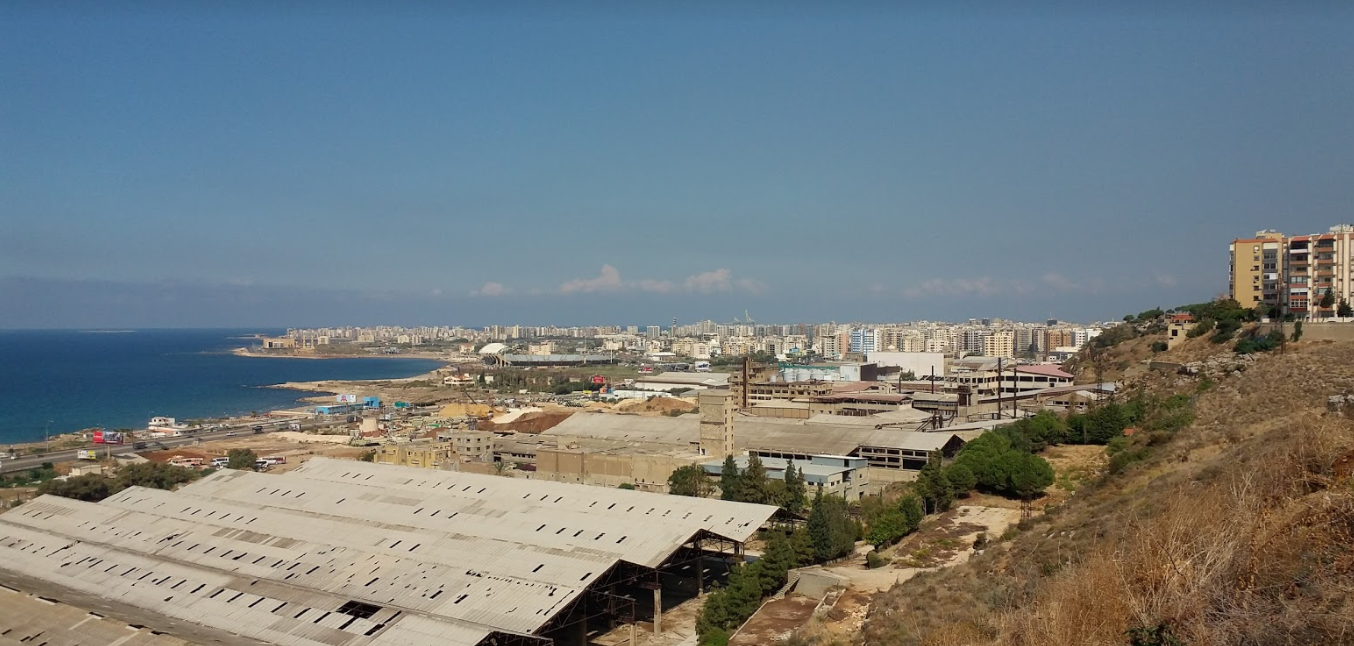
The existing structures of “Ghandour Factories” that are almost fully deteriorated by time present a huge conflict. Some people view them as nostalgic pleasant charming silhouettes of the past and others believe that they are nothing but depressing abandoned structures that ruin the entrance to the city.
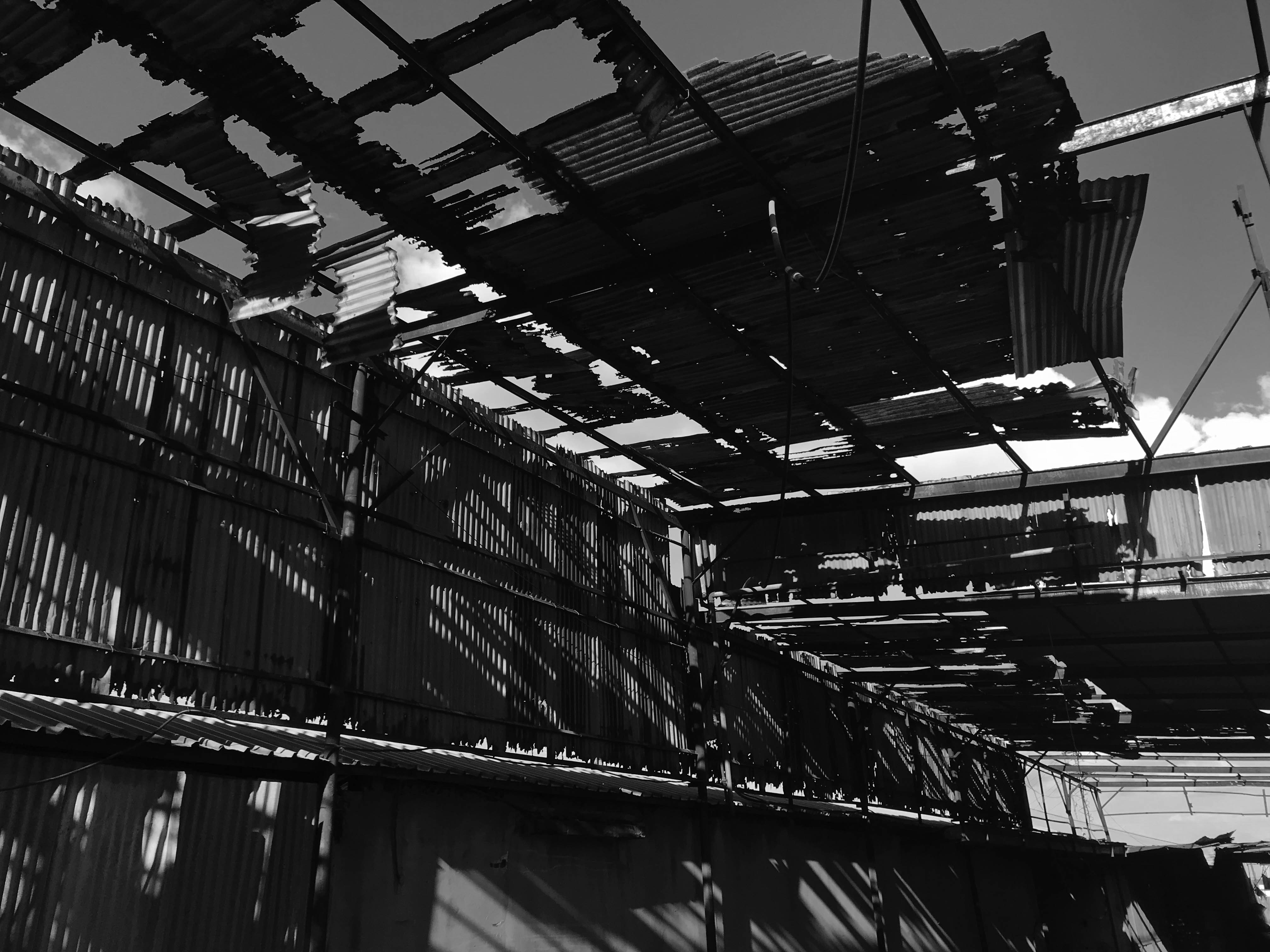

To restore or to demolish the existing buildings and structures was a main issue in curing the site to contain any new project and to cure this dying district. Since the mentioned project is the welcoming gate of the north, a study should be done to design a public access axes to promote the site and encourage it to be an alive zone of the city.
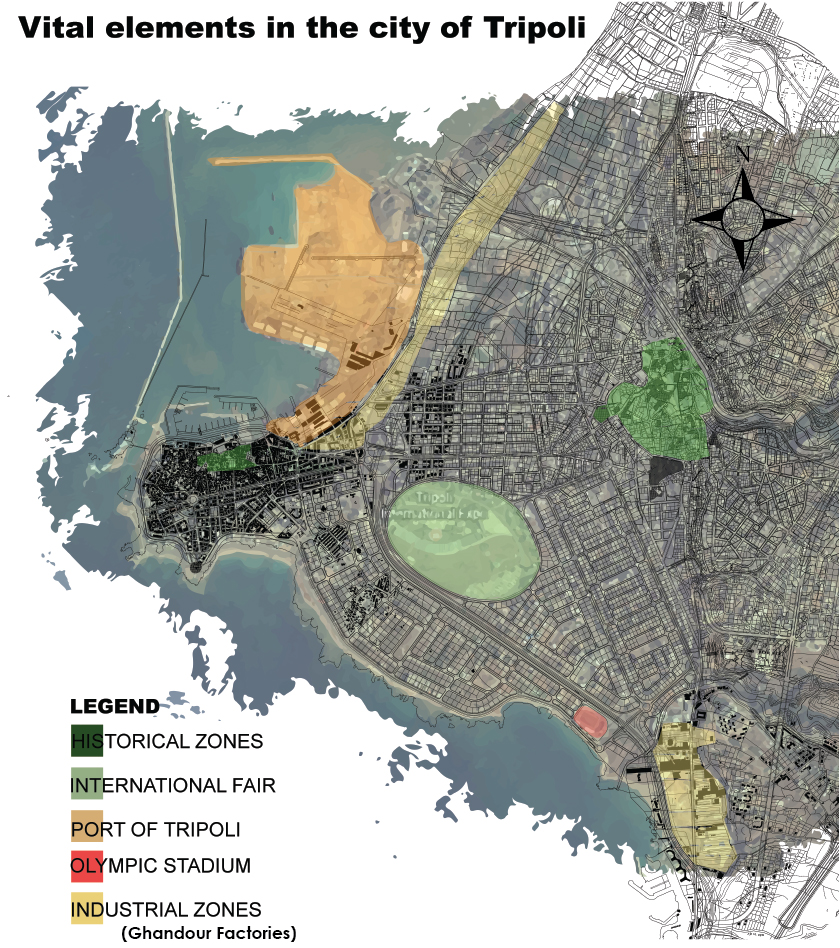
Jane Jacobs (1916-2006) an urban writer and activist who championed new, community-based approaches to planning for over 40 years, believed strongly in the important role of mixed use spaces, cities depend on a diversity of buildings, residences, businesses and other non-residential uses, as well as people of different ages using areas at different times of day, to create community vitality. She saw cities as being “organic, spontaneous, and untidy,” and views the intermingling of city uses and users as crucial to economic and urban development.
Old buildings are reminders of a city’s culture and complexity. By seeing historic buildings?whether related to something famous or recognizably dramatic?tourists and longtime residents are able to witness the aesthetic and cultural history of an area. Just as banks prefer to build stately, old-fashioned facades, even when located in commercial malls, a city needs old buildings to maintain a sense of permanency and heritage. The ruins of the factories on site definitely hold the historic quality of any other historical building in the city and the evidence is that it is still being referred to Ghandour Factories even though nor Ghandour family runs them anymore nor they provide any service that the old days’ factories used to afford.
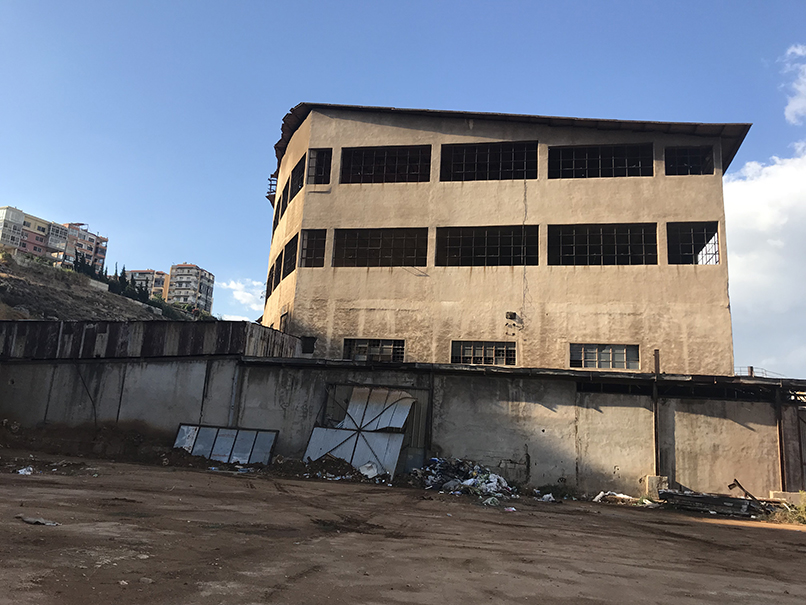
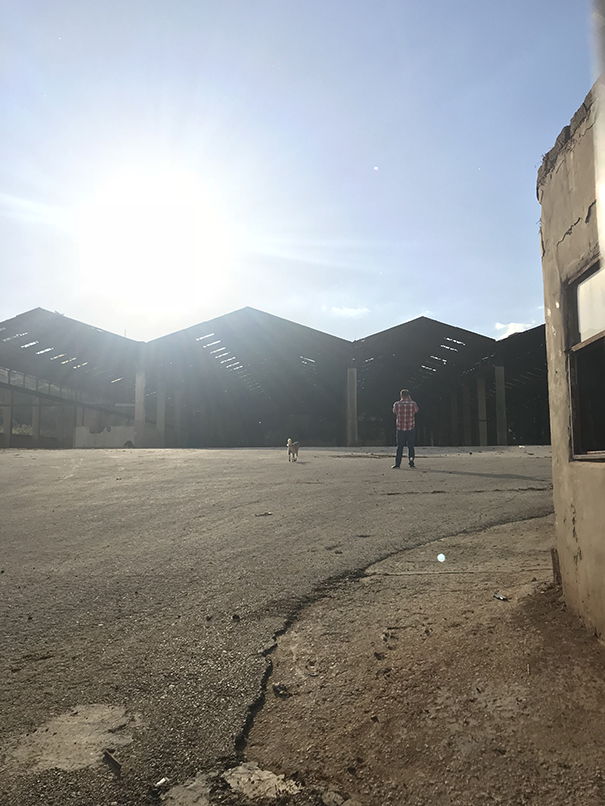
Due to the importance of this industrial district (observe swot diagram), competitions can be held to collect fresh proposals to renovate the district in addition to architecture students’ previous proposals for projects to reuse the site and improve the south façade; these proposals should be taken into consideration as they are based on deep studies and tons of researches, for those young energies should be raised and embraced since they form vital feasible potentials to develop the concept of reusing and restoring the district.

At the end we all should agree that urgent actions should be taken to restore and reuse this vital site, it has great potentials to host several projects that would rebirth the haunted district. On the other hand, the preservation of historic buildings is a one-way street. There is no chance to renovate or to save a historic site once it’s gone. And we can never be certain what will be valued in the future. This reality brings to light the importance of locating and saving buildings of historic significance?because once a piece of history is destroyed, it is lost forever.





( 1 comments )